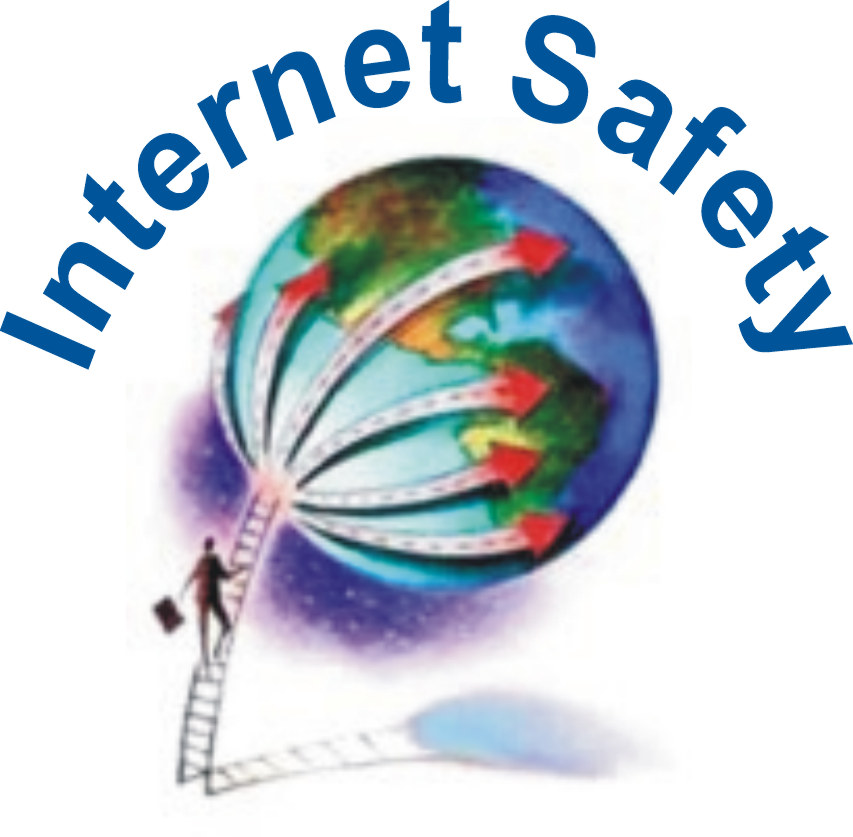A VLE stands for 'Virtual Learning Environment'. It could be best described as the schools personal website. Teachers, parents and pupils all have access to it and through this everyone is aware of what is going on within the school. Teachers can upload homework for pupils to complete, or even put up a schedule as to what is going to take place within the classroom in the coming weeks. Parent's can also be kept inform of any necessary information about the school.

A screenshot from a Primary Managed Learning Environment
A MLE is a 'Managed Learning Environment'. In essence, it is pretty much the same as a VLE but with one major difference - it is completely connected to the schools network and all types of information can be accessed from it. As well as pupils being able to download and upload homework, attendance numbers can be access so parents can find out if their child is actually in school. Behaviour diaries, or behaviour management information can be accessed also.
Both of these learning environments are known under the umbrella term of 'Learning Platforms'. They enable member s of the school community to stay in contact and, unfortunately for the children involved, they will always have access to the school work, wherever they are.
While I have tried to explain what they are as best as I can, I think the following videos will provide an even simpler explanation:
For the purposes of this blog I'm going to refer to VLEs/MLEs as VLEs just to avoid confusion.
These Learning Platforms (LP) have a variety of online activities available to pupils to help enhance and further their learning: there are Discussion Threads/Forums, just like on other websites, where the children can get involved in debates about a topic they are studying in school all the way to what they had done at the weekend or on holiday. These are a good place for teachers to see who contributes and who doesn't. A lot of the time some pupils may become 'lurkers' (someone who reads the thread but doesn't actively participate in the discussion) and these pupils can be seen as being on the thread by the teacher who can subsequently encourage them to get involved by asking a direct question to them on the thread. This will hopefully encourage children to get involved and make them realise that their opinions do matter.
As I have mentioned before, work can be downloaded, completed and then submitted all via the VLE. It is also a place where that work can be celebrated. Teachers can upload pupils work for everyone on the VLE to see. Children love to be recognised for the hard-work they have done and by putting it up on the VLE, not only does the school get to see what they have achieved, but everyone at home gets to see as well. The VLE is a place that allows parents to stay in contact with the school, or even with a specific class teacher, in order to stay updated with their child's progress. I believe that it is a great way for home/school communication to remain strong. Below is a video from the BECTA youtube channel. It looks at what pupils and parents think about the VLEs and how they help the home/school link, please note that those featured from the video are from a secondary school setting but all the points raised can be transferred to a Primary situation.
There are many types of VLE in the market today: Fronter, KnowledgeBox and Kaleidos just to name a few. Each one offers an online education experience and depending on which school you visit will depend on which LP you see. In our workshop we were looking at the KnowledgeBox LP. Personally, I have never interacted with VLEs before, despite spending time in Primary Classrooms; I have been shown the VLE by the class teacher, what the class used it for and what information is kept on it, but I was not given the opportunity to really explore it.
From my experience briefly using KnowledgeBox during the session, I find it to be very easy to use. I believe that it was designed specifically for the Primary stage as it presents itself with bright, bold colours and large, easy to read fonts. I will admit that, at first, it was a little confusing to navigate, but I'm sure could be said for all LPs the first time you use them. I really liked the idea of being able to group your class however you wanted, depending on the subject and attainment ability.
I wish I could make a more informed decision about VLEs, but right now, without experiencing them within the classroom setting, I am unable to. In the next few weeks, we will start the beginnings of placements and through this I hope I can discover more about the VLEs and maybe report back what I find.
Later Days,













